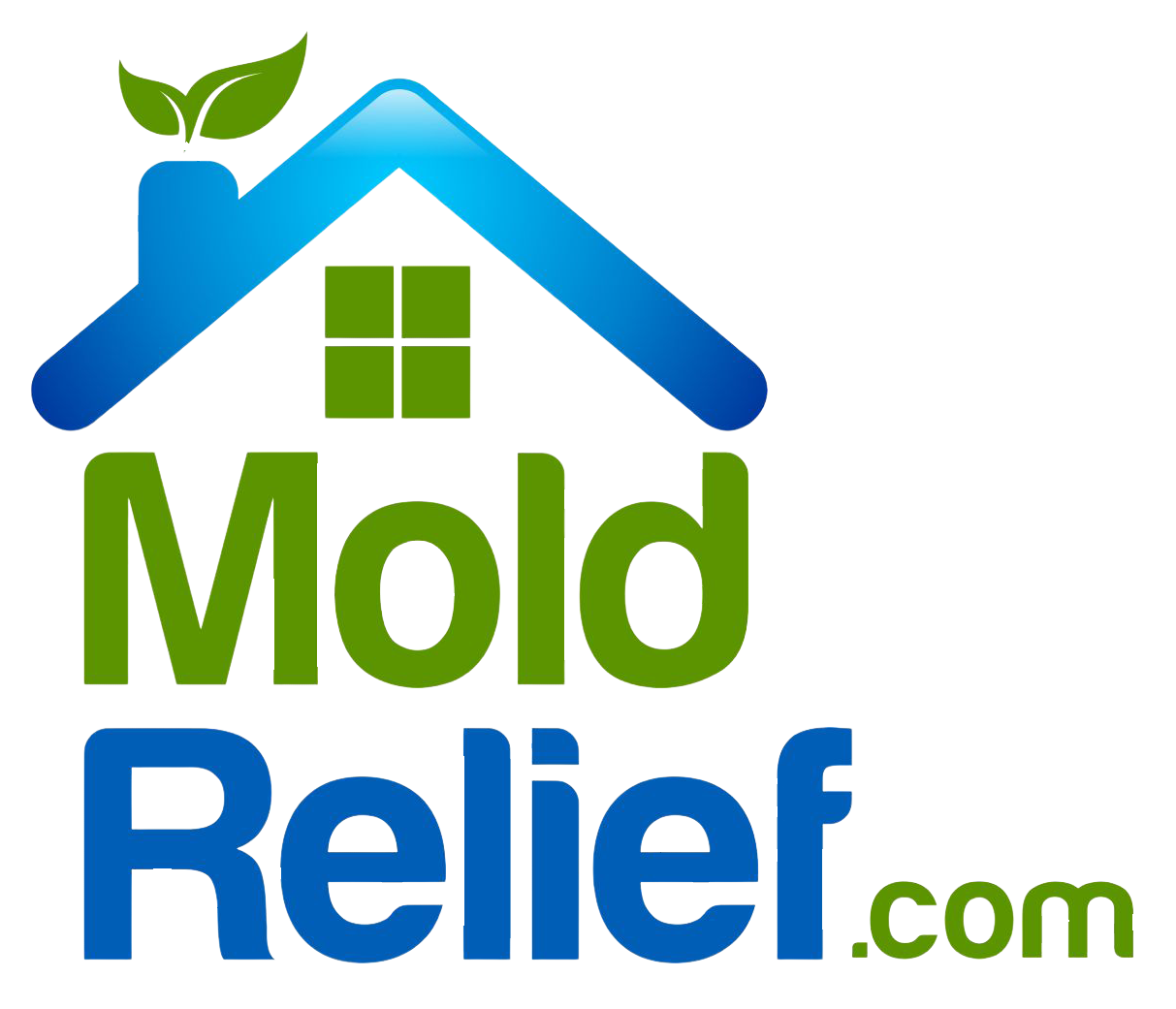$195 On-Site Inspection & Consultation
On site visual water damage and mold inspection
$395 (Reg $495) Mold Testing (Two samples)
This includes two air cassette or tape lift samples. If requested, additional samples are $45 ea.
$395 ERMI Sampling
ERMI sampling cost does not include lab fees and FedEx shipping that are passed through with no markup.
Doctor referred or medically impacted Inspection $695.00, now $595
Includes follow-up phone consult and plan design and discussion
Understanding Mold Testing: A Comprehensive Guide to Protecting Your Home and Health
Mold can be a hidden menace in your home, silently growing in unseen corners and potentially compromising your health and property. Understanding mold testing is essential for identifying and resolving mold-related issues effectively. In this guide, we'll delve into what mold testing entails, its importance, the types of tests available, and how it can safeguard both your home and well-being.
What is Mold Testing?
Mold testing analyzes samples from your home to detect the presence and concentration of mold spores. Unlike a mold inspection, which is typically a visual evaluation, mold testing uses scientific methods to identify and measure specific mold types. This is especially helpful in diagnosing mold problems that might not be visibly apparent.
Why is Mold Testing Important?
Mold can present serious health risks, including respiratory issues, allergies, and long-term health problems. Furthermore, it can compromise the structural integrity of a building, resulting in costly repairs. Mold testing ensures early detection, enabling timely mold remediation to protect both your family's health and your property's value.
Types of Mold Testing
Each type of mold test serves a unique purpose in detecting and assessing mold contamination. Here's an overview:
1. Air Testing
- Air testing is one of the most common methods for identifying airborne mold spores.
- It helps assess indoor air quality and detect mold particles invisible to the naked eye.
- This test provides a clearer picture of mold presence even if no visible signs exist.
2. Surface Testing
- Surface testing involves swabbing or sampling specific spots to determine mold contamination.
- It is particularly helpful for identifying mold on walls, ceilings, or other surfaces.
- Results can inform whether surface cleaning or further remediation is needed.
3. Bulk Testing
- Bulk testing involves collecting physical materials, such as pieces of drywall or carpet, for lab analysis.
- This method offers an in-depth look at mold penetration and viability within household materials.
- Useful for evaluating the extent and severity of mold infestations.
4. PCR Testing (Polymerase Chain Reaction)
- PCR testing identifies mold DNA, offering precise identification and quantification of mold species.
- It is especially effective for detecting harmful molds like Stachybotrys (black mold) and Aspergillus.
- This method is reliable for pinpointing problematic molds in your home.
5. ERMI Testing (Environmental Relative Moldiness Index)
- ERMI testing combines PCR technology with mold-specific DNA markers for a comprehensive assessment.
- It uses dust samples to calculate a "moldiness index" for your home.
- This test evaluates potential health risks linked to mold exposure and offers a detailed comparison of different mold species.
When Should You Consider Mold Testing?
Mold testing should be conducted when you notice any of the following signs:
- Persistent musty odors: Unpleasant smells that don't fade may indicate hidden mold growth.
- Visible mold growth: Any amount of visible mold should be a cause for testing to determine its severity and type.
- Recent water damage: After flooding, plumbing leaks, or other water-related issues, testing can help detect mold before it spreads.
- Unexplained health issues: Symptoms like coughing, wheezing, skin irritation, or headaches that worsen indoors may be linked to mold exposure.
How Much Does Mold Testing Cost?
Mold testing costs vary depending on the number of samples and the type of testing performed. On average, costs range from $395 - $4,500+, with higher prices for larger properties or complex situations. While this can seem like a significant expense, early detection and remediation can save you from costly repairs or healthcare bills in the future.
Common Misconceptions About Mold Testing
Several myths persist about mold testing. Let's debunk common misunderstandings:
- Myth: Only visible mold requires testing.
Reality: Mold often grows in hidden places like behind walls, under carpets, or in HVAC systems. Testing can uncover these hidden risks. - Myth: Mold testing is only for those experiencing symptoms.
Reality: Mold may not immediately cause symptoms but can still lower indoor air quality and pose long-term health risks. Proactive testing prevents issues before they arise.
Take Control of Your Home’s Air Quality with Mold Testing
Mold testing isn’t just about addressing existing issues—it’s a vital tool for preventing future problems. Regular testing ensures a safe, healthy living environment by detecting potential risks early. By understanding the importance and options available for mold testing, you can take proactive steps to protect your home, health, and property value.
If you're concerned about mold in your home, don't wait. Consult a mold testing professional to assess your property, identify hidden threats, and implement solutions that ensure a cleaner, healthier living space. Mold prevention today can save you from bigger problems tomorrow!
